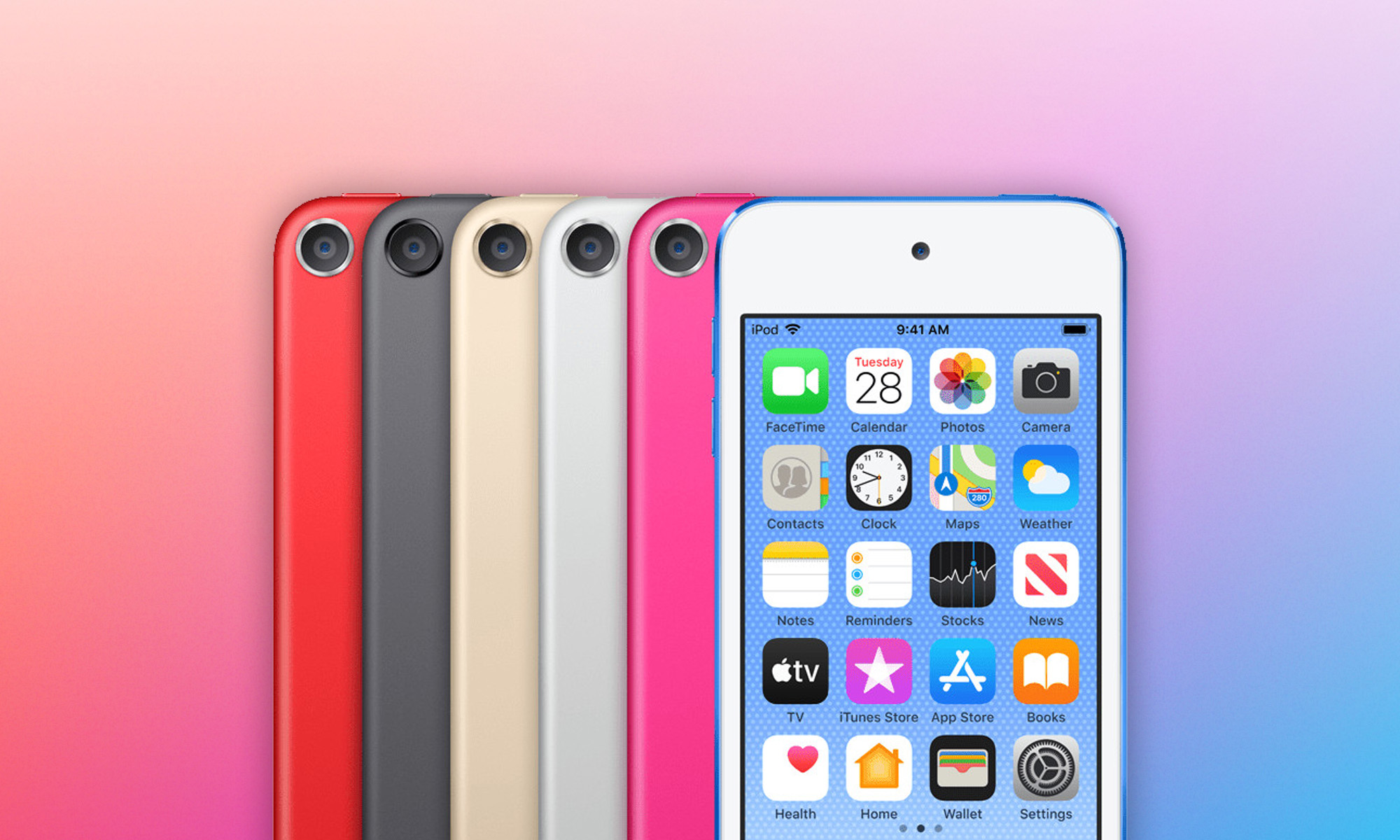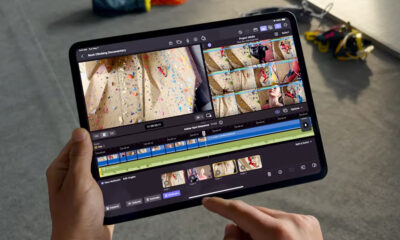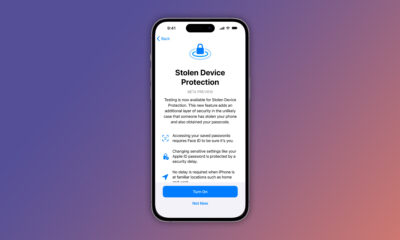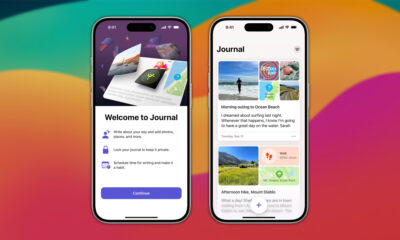News
The iPod Era Is Officially Over After 20 Years
Apple has officially discontinued the iPod line and stopped the production of the last available model, the iPod touch, which was released in 2019.

The first iPod was released in 2001, offering a large storage capacity thanks to its hard-disk drive. It didn’t take a long time for the portable audio player to become a cultural phenomenon, appearing in countless movies, including Edgar Wright’s Baby Driver.
Despite its massive success, it has been clear for a long time that the iPod era is nearing its end. Modern smartphones are more than capable of playing not just music but also videos, and their ability to connect both to cellular and Wi-Fi networks meets the needs of the streaming generation.
Well, the end of the iPod era is now here because Apple has officially discontinued the iPod line and stopped the production of the last available model, the iPod touch, which was released in 2019.
But just because the last iPod will stop being available when supplies run out doesn’t mean that the music-listening experience associated with it will be gone too.
“Today, the spirit of iPod lives on,” said Greg Joswiak, Apple’s senior vice president of Worldwide Marketing. “We’ve integrated an incredible music experience across all of our products, from the iPhone to the Apple Watch to HomePod mini, and across Mac, iPad, and Apple TV.”
Of course, avid music listeners have much more to choose from than just Apple-branded devices.
Also Read: Best Alternatives To Skype For Making VoIP Calls In The UAE
Chinese electronics company FiiO, for example, produces a range of high-end portable media players whose superior audio quality can please even the most demanding audiophiles. The FiiO M11 Plus runs on Android and can stream music from Spotify over Wi-Fi.
There’s also Sony with its modern Walkmans, compact but capable portable media players that weigh next to nothing but last a long time on a single charge.
It’s also worth mentioning that the second-hand market with iPods is still thriving and will likely continue to do so for some time.
News
Mamo Completes $3.4M Funding Round To Enhance Fintech Services
The startup will use the influx of cash to expand into Saudi Arabia and across the wider GCC while improving its product offering.

UAE-based fintech Mamo has announced the completion of a $3.4 million funding round that will help the startup extend its market presence and improve its product offering. Investors included 4DX Ventures, the Dubai Future District Fund and Cyfr Capital.
Mamo’s platform offers “payment collection, corporate cards and expense management” to help small and medium-sized businesses consolidate and streamline their operations. With the latest influx of capital, Mamo will further develop its comprehensive suite of services and begin testing its product lines in Saudi Arabia, further extending its footprint across the GCC.
Imad Gharazeddine, co-founder and CEO of Mamo, stated: “We’ve been in the market for a while now and are incredibly proud of what our team has achieved. The holistic and expansive nature of our product offering has helped us continue to grow sustainably. This additional funding will allow us to reach our medium-term goals even faster. The support from new and existing investors is a testament to our strong expertise and the ability to deliver on our customer promise”.
Daniel Marlo, General Partner of lead investor 4DX Ventures, added: “We have immense trust in Imad’s vision, leadership and Mamo’s innovative approach to provide a user-friendly and comprehensive financial solution for SMEs that makes financial management more accessible and efficient. We are proud to partner with them and support their mission”.
Also Read: A Guide To Digital Payment Methods In The Middle East
Amer Fatayer, Managing Director of Dubai Future District Fund’s investment team, also commented: “Mamo’s localized product lines serve as an infrastructure for SME payments and spend management in UAE, a segment that is underserved by the country’s current banking infrastructure. The team has taken a product-first approach to consolidating SMEs’ financial journeys and building a fintech solution deeply embedded in a business’s core operations”.
To date, Mamo has raised around $13 million in investment funding and now boasts a team of 30 people. The company’s intuitive financial services platform has allowed over 1,000 businesses to consolidate their financial operations and significantly reduce payment fees.
-

 News4 weeks ago
News4 weeks agoAmazon Prime Day 2024: Get Ready For 6 Days Of Amazing Deals
-

 News4 weeks ago
News4 weeks agoSamsung Unpacked 2024: What To Expect From The July 10 Event
-

 News4 weeks ago
News4 weeks agoCoursera Report Shows Surge In UAE Interest In AI Upskilling
-

 News4 weeks ago
News4 weeks agoMeet Dubai’s Groundbreaking Smart Robot Delivery Assistant
















